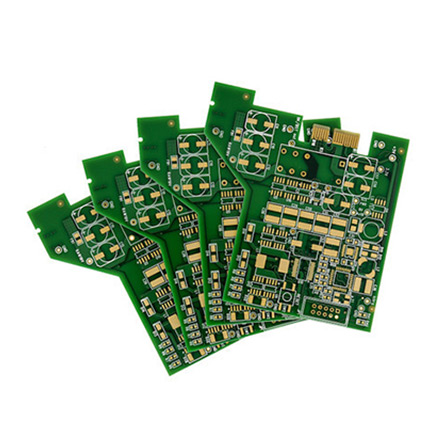

Silver Mirror Design Reflecting Elegance and Innovation
The concept of silver mirror design is a captivating blend of art, technology, and functionality. This design style not only serves practical purposes but also adds a layer of aesthetic appeal to various spaces, making it a popular choice in modern interior decor. Silver mirrors are renowned for their reflective qualities, which can transform environments, creating an illusion of space while enhancing natural light.
Historical Context
Historically, mirrors have been symbols of vanity and self-reflection, often associated with royalty and wealth. The earliest mirrors were made from polished stones, such as obsidian, progressing through time to silvered glass—an innovation that revolutionized mirror making. The silvering process, which involves applying a layer of metallic silver to the back of glass, significantly improved the reflective quality of mirrors, leading to their widespread use in homes and public venues.
Design Elements
Silver mirror design incorporates various elements that contribute to its unique charm. For instance, the shape and frame of the mirror can greatly influence its impact within a room. Traditional designs often feature ornate frames made from wood or metal, embellished with intricate patterns. In contrast, contemporary designs favor minimalism, showcasing sleek, frameless mirrors that offer a clean aesthetic. Regardless of style, the use of silver in mirrors remains a common thread, with its luster and brilliance accentuating any décor.
Practical Applications

One of the most notable aspects of silver mirror design is its versatility. These mirrors can be employed in a myriad of settings—from opulent bathrooms adorned with vintage fixtures to modern living rooms that embrace a minimalist approach. In commercial spaces, such as hotels and restaurants, strategically placed silver mirrors can enhance the ambiance, making areas feel more spacious and inviting.
In addition to aesthetics, silver mirrors also serve practical purposes. They provide essential reflection for grooming and dressing, and their placements can influence how light sources interact within a room. For example, a well-placed mirror can bounce light around a space, reducing the need for artificial lighting during the day. This quality not only contributes to energy savings but also fosters a more natural, inviting atmosphere.
Modern Innovations
With advances in technology, the silver mirror design has also evolved. Smart mirrors equipped with LED lighting, touch controls, and integrated screens are becoming increasingly popular. These innovations allow users to access information, such as weather updates or news, while also utilizing the mirror for everyday tasks. Furthermore, the incorporation of anti-fog technology in bathroom mirrors offers a practical solution for improved visibility, catering to the demands of contemporary living.
Conclusion
Ultimately, silver mirror design exemplifies the intersection of beauty and utility. It is a testament to how design elements can enhance our living environments while providing essential functions. As we look toward the future, the appeal of silver mirrors appears set to endure, continuously adapting to meet the evolving tastes and needs of society. Whether through the elegance of traditional craftsmanship or the excitement of modern technology, silver mirrors will undoubtedly remain a beloved fixture in homes and public spaces alike, reflecting our ever-changing relationship with light, space, and design.
In our pursuit of creating inviting, functional, and visually stunning environments, the silver mirror stands as a timeless piece of art that continues to inspire and innovate.